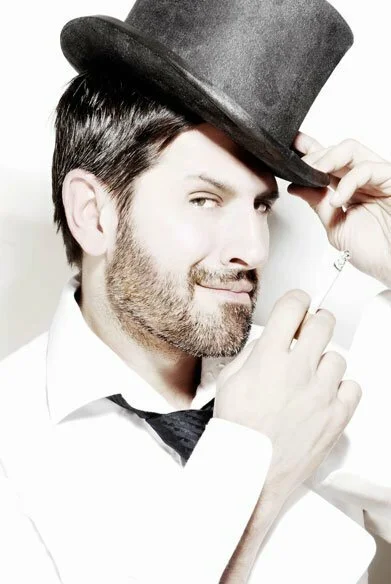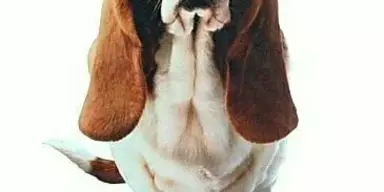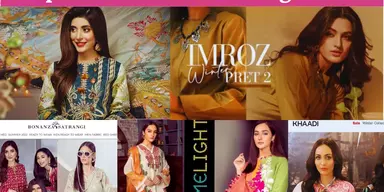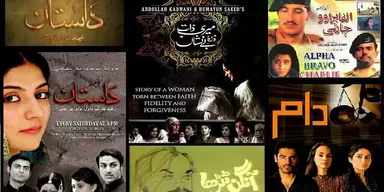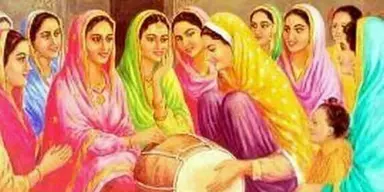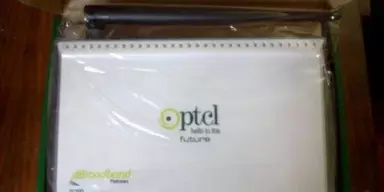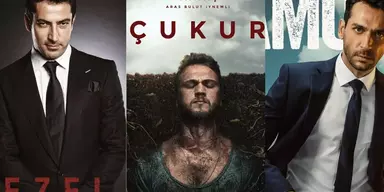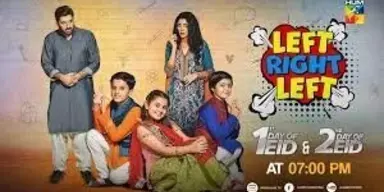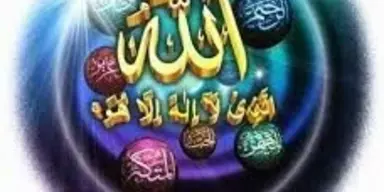Tapu Javeri is a Pakistani well reputed and outstanding Fashion photographer who change
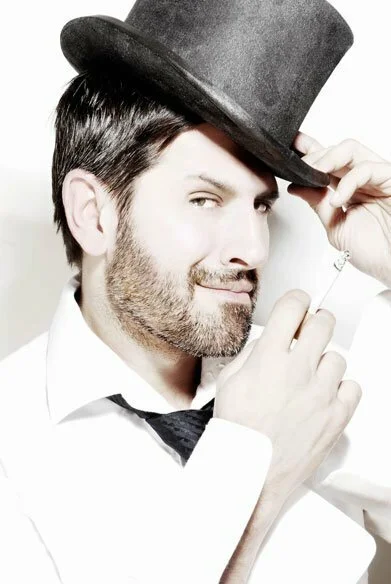
looks with the every click of his camera. Fashion Photographer Tapu Javeri has been working with the country’s top Fashion and other magazines from the last many years. Tapu Javeri is working in many magazines as a free lance Photographer, like
- Dawn Images
- Xtra Magazine
- Zameen magazine
- Lines weekly
- Herald monthly
- Diva magazine
- SHE magazine
- Visage
- News on Sunday
- Fashion collection
- Libas International
- Women’s own magazine, etc.
Carrier:
He started working first for the esteemed DAWN newspaper, then for other magazines.
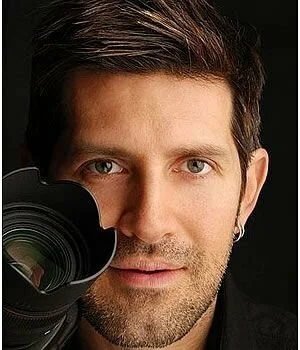
Then He became Photo-editor for the ground breaking magazine Xtra. In the late 90’s he broke into the art scene by generating mixed media photo paintings Besides capturing the beauty of Fashion models & different Showbiz celebrities and in the photos, the artistic minded He also captures the beauty of nature through different ways. Concept photography is an emerging concept in Pakistan; Tapu Javeri is also especially credited to introduce it. He is not just a Fashion photographer bit also a professional photographer, event photographer, radio jockey, photography competition judge, art photographer, photo editor, and jeweler too and now he has started experimenting t-shirt designing as well.
Though he has worked with the country’s leading newspapers and magazines for the past decade, Tapu’s recent foray into the art world has established his penchant for the new and adventerous. His new photo-art is heading off the dynamic new wave of photography that has hit the country.
“Whether he is an artist or not, the photographer is a joyous sensualist, for the simple reason that the eye traffics in feelings, not in thoughts”.
Walker Evans
Photographers are the people who possess the ability to change the looks and scenario through the lens of their camera and with the lens of their own eye.
Tapu Javeri with his lopsided grin and even more lopsided accent doesn’t seem to stop at anything. Tapu made the world sit up and notice him with his good looks, and also expertise of Tapu with the camera lens. Concept photography is a developing concept in Pakistan; Tapu Javeri is at the head of it. Tapu showed the fashion world it is not about a pretty woman looking pretty. His photography brought to the forefront angles of photography we had not deemed possible before.
Gulabo a line of Maheen Khan ran a special line of Tapu’s t-shirt designs for the special Independence Day collection. The t-shirts were designed with tongue in cheek lines. But all that edge that is Tapu trademark still highlighted patriotism.
“I try very hard to push the boundaries in what is considered art or fashion”
Biography:
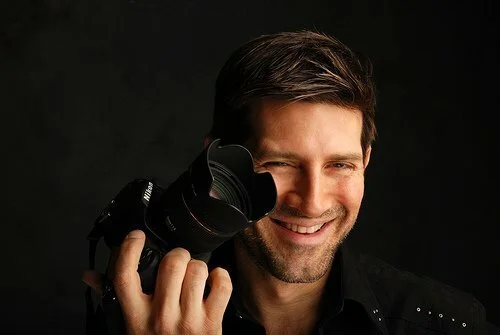
Tapu Javeri Born in 1965, and got his first camera at age nine a German Diana SLR, a vintage collector’s item now and that is how his affair with photography began. “I would finish school and walk to my father’s office every day and on the way I would photograph Saddar,” says Tapu. On one of these walks, Tapu came upon a click-worthy sight: a truck had fallen over and wheat was pouring out of it onto the road. Tapu thought it would be a good idea to find a signboard indicating where the accident had taken place. Digging through the wheat, the 15-year-old salvaged a fallen board, which said “drive carefully.” The young photographer swung into action and took the images he had shot to the Dawn newspaper office to show them to a friend. Upon seeing the images, the team at the office offered Tapu Rs 100 for the picture and requested to go through his portfolio in case he had other interesting images. Thereafter Tapu was given a regular spot in Dawn to publish his photographs.
Tapu went on to do a minor in photography under the famous Andy Warhol company photographers, Stephan Shaw and Ben Lifson, and returned to Pakistan to pursue his passion. Through Fifi Haroon he was later introduced to the world of fashion, and is now counted amongst the leading fashion photographers of Pakistan. “I believe that if you want to be a good photographer you have to have an eye for everything.
Tapu has started teaching fashion and studio lighting at the Indus Valley School of Art and Architecture and says he has an open door policy for all aspiring photographers, in case they need any help.
Interview of Tapu Javeri :
Q: Why is the book titled Tapulicious?
A: It is a cocktail of delicious and Tapu. I was being tongue-in-cheek. I try very hard to push the boundaries in what is considered art or fashion. It is all the work that wasn’t outright fashion – it is fashion with a twist.
Q: You have used Photoshop to enhance some of your images. Why do top photographers like yourself need to do that?
A: Oddly enough, the images that stick in the minds of people are the Photoshop images, which are only close to 10 in the book – that is not even two per cent of the book.
I try to stay away from Photoshop but you need it in fashion. Our models have odd blemishes on their faces, which normally should not exist or make-up artists should try and hide. Also, they party all night and arrive for shoots with dark circles under their eyes and then ask you to fix it with Photoshop. There is no hard and fast rule about using it in photography. It all depends on your own perception of what is in good taste or bad taste.
Q: How did you manage to shoot a diva like Noorjehan when she was ill?
A: I had always wanted to photograph her but never got the chance to. And then she became very ill and had to be hospitalised. I went along with Fifi Haroon to visit her. She was in bed and asked me who I was. I told her I was a photographer and wanted to shoot her when she got better – and she actually agreed. She figured out who I was and said, “Tum Hasan ke betay ho? Apne abba ko phone karo.” She had me phone him and then took the phone from my hand and said to him: “Hasan, mein mar rahi hoon. Mujhe diamond dela doh.” Later, when she recovered, we went to her house and had her granddaughter Sonia dress like Noorjehan used to in the early days, and shot the two together.
Q: Mehdi Hasan was also very ill when you photographed him?
A: Yes, he was really unwell. So unwell that he had to be propped up on his bed. I felt really bad and kept telling his family, “Bohat beymar hain, choor dein.” But he was like this guinea pig that they would keep propping up and displaying. Before I photographed him, he had been propped up for some people who had come from America to donate money. I ended up shooting while that happened.
Q: Vital Signs don’t look like their usual selves in your book.
A: They had the best chemistry any band I know has ever had and they were all so chilled out. They were already pop stars since ‘Dil dil Pakistan’ had just come out and become a huge hit. But they had a very sanitary image and I told them that they needed to rough up a bit. We shot at a construction site and later in an empty swimming pool.
Q: I have never known Arshad Mehmood to sport a beard, so when did he turn maulvi?
A: There is an incredible make-up artist called Kamaluddin. He used to work for PTV and now teaches at NAPA. We were doing a commercial shoot in which we had to age him by 50 years or so. When the shoot was over I did a portrait of Arshad for myself.
Q: You’ve even managed to get Moammar Rana to knock off his clothes!
A: We were doing a shoot for Xtra
[a now defunct quarterly]
called “In bed with,” and we asked everyone what they wore to sleep. We photographed all our models in their sleeping attire. When I asked Moammar Rana what he slept in, he said, “Nothing.” How do we do this, I wondered aloud and he said, “I have no issue” and promptly dropped his drawers, threw a sheet over himself and I clicked him. We retained the backdrop of the studio in order to show that he was a film star.
Q: One photograph shows Fatima Bhutto sitting at her grandfather Z.A. Bhutto’s desk. Was it her idea or did you manoeuvre it?
A: It was around 1999-2000 when Fatima had returned and just completed her first book
[of poems]. I wanted to photograph her and my only condition was that we do it in the library. In truth, I really wanted to check out the famous Bhutto library at 70 Clifton. I even asked for an entire family portrait in the library.
Q: Reportedly Nazia Hasan was very unhappy with your photographs of her?
A: Nabila and myself spent a lot of effort and energy on that shoot and Nazia looked beautiful and elegant in those pictures, but she didn’t think so. She said, “But I don’t look young in them,” and both of us said, “But you look beautiful.” When we stepped out of Nabila’s salon, she just picked up Nabila’s hair-cutting scissors and slashed all the pictures. When we returned we saw all the transparencies snipped into little bits – only one had survived because it had fallen on the floor, which I repaired with Photoshop. Nabila nearly lost her marbles since that scissor had cost her a fortune. Now I wish I had tried to salvage all the transparencies instead of throwing them.
Q: Your portraits of Meera and Resham are extremely provocative and I believe created quite a stir when they were printed?
A: Meera’s photo was for an Xtra shoot. She was supposed to be Eve and that explains the apple in her hand. Resham’s was also for an Xtra shoot. When I first met Resham, I wanted to portray her as an Oscar award, but this is not one of those images. We dipped Resham in gold paint and she wore this gold dress and gold make-up and then I clicked her in a gold bathtub. This shot comes right after that one – it portrays her as a vixen from a western movie.
Q: Why is Anita Ayub wearing a burqa in her shot?
A: That was the early ’90s and we were driving to the beach for a shoot. She wore a burqa over her dress so that no one bothered her. I told her to keep it on so I could get a shot of hers in it – and that’s the story of Anita’s burqa.
Q: Why did you choose Iraj Manzoor of all your subjects for the cover?
A: It was a toss-up between her and Aaminah Haq. I have worked extensively with both and they’ve always wanted to push the limits of fashion. They have been super experimental, so either of them could have made it to the cover. However, when we were looking at Iraj’s photo (in a wig Tapu bought in Paris) along with Aaminah’s first image in the book, Iraj’s looked better on the cover.
Photo gallery:

